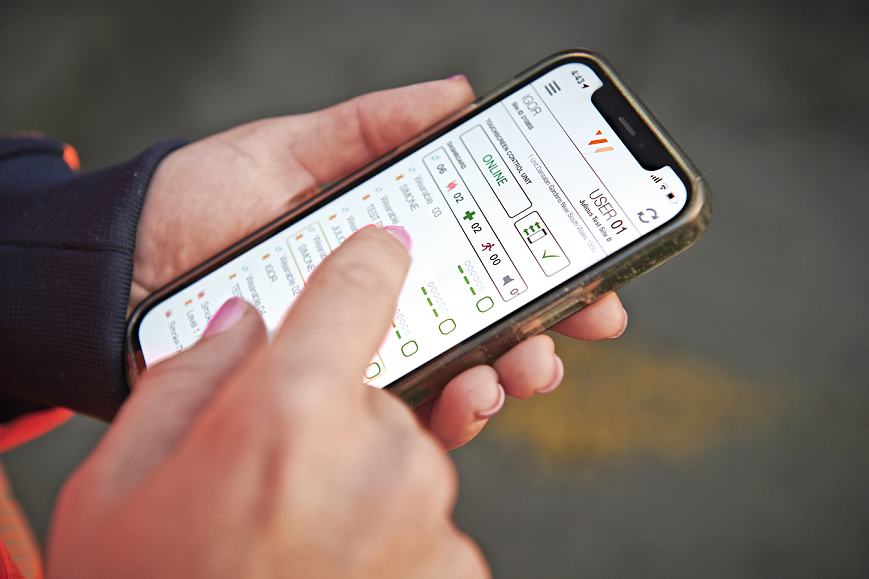Building a culture around safety cannot be overstated enough when it comes to construction or site management. Toolbox meetings are a great way to prioritise this in your business and can be used as a training tool. It’s the ideal way to keep your team up-to-date with safety awareness and reminders to reduce risk on a daily basis.
These toolbox meetings can contain anything from safety topics to specific job types, what workplace hazards to look out for and best safety practices. They don’t have to be long, just regular occurrences.
We’ve got some suggestions on how to run these meetings effectively so that you get the most out of them.
- Always highlight the response plan and safety procedures
It’s vital that everyone in your business knows what to do should an incident occurs. Think of yourself like an air hostess that highlights the safety regulations and exist plan before every flight. If there is an emergency every employee should know what to do, who to contact and what the protocol is.
Your employees should be able to explain this at any time - whether they have been with the company for years or are new to the job - this needs to be communicated regularly.
You could use this meeting as an opportunity for one of your employees to explain it in their own words to make sure that it is being heard but also understood. The best way to make sure it resonates is to hear from your team before the day starts.
- Identify what safety equipment is a requirement on site
Make sure that everyone knows what safety equipment needs to be used for which jobs. Some equipment such as hard hats, safety glasses or dust masks might need to be warn at any time on the site. However, other equipment might be specialised for certain situations.
Make sure each employee is able to identify what tools and equipment are non-negotiables to be wearing when operating certain machinery or performing specific tasks.
Encourage accountability between employees as well. Make sure that if someone notices a colleague not wearing the right equipment that they speak up and say something.
- Demonstrate your point
Consider the different learning styles of those who work with and for you. Demonstrating a point when explaining on site safety is a great way to help people pay attention in these meetings. It’s also a good way to get employees involved as you provide an example of what to do under certain condition. Instead of just talking, take the opportunity to allow employees to teach each other through a practical demonstration.
- Allow for questions
Your employees need to feel comfortable to ask questions if they are not sure about something. Create an environment that allows for this at any time. There is no such thing as a stupid question, especially when it comes to safety on your site. You never know, someone’s question could save a life in the future. Make time to answer questions and allow for discussion about a specific point.
- Give employees opportunities to share their experience
Experience and stories resonate with people. If employees have stories of incidents that have occurred, and how they responded to avoid or react to an accident this gives others a live example of what to do and not do. These types of stories are often more memorable and relatable – and is a powerful method to communicate information.
Combat compliance by making toolbox talks a regular occurrence to discuss hazards and work place practices that pose a risk of injury. Use these guidelines to make toolbox talks engaging, improve overall safety and refresh your employees’ memories.


